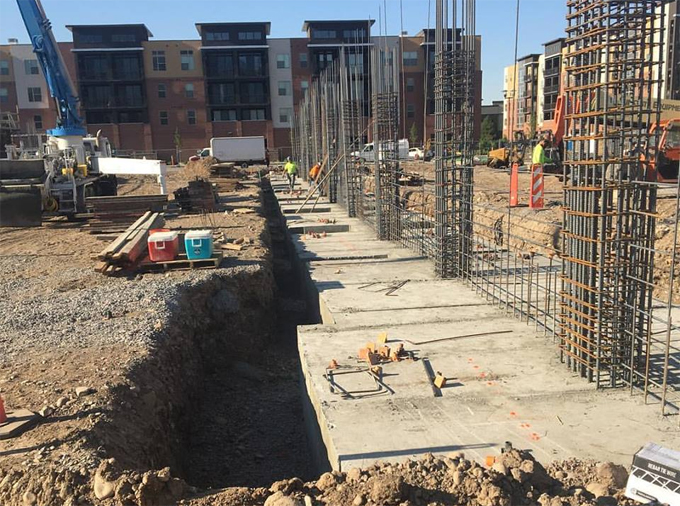
The detailed processes for developing Wall Footings
Wall footings belong to pad or spread and strip Footings. This type of foundation is specifically developed to disperse the load over a longer area to make the soil strong enough for combating the stress, as well as keeping the safe bearing pressure under control. In these types of foundations, if the resultant of the load differs from the centre line by over 116 of its minimum dimension at the base of the footing, it should be reinforced properly.
How to build Wall Footings:
For the brick walls, the width of section is raised by 114 brick (5 cm) offset on each side. The base is supported with a plain concrete footing which projects 10 to 15 cm away from the last brick offset.
The width at the base should not be below the width of the supported wall and above 30 cm. The depth of each course will be equal to one brick or multiples of brick thicknesses. For stone masonry walls, the offsets will be 15 cm along with the heights of the course as 30 cm.
The depth of the concrete is usually in the ratio of 1:4:8 (1 Cement : 4 Fine aggregate : 8 Coarse aggregate) or 1 : 5 : 10 ( 1 Cement : 5 Fine aggregate : 10 Coarse aggregate) and the mix should not be below 15 cm. The angular spread of load from the wall should not be in excess of 1 vertical to 112 horizontal in masonry and 1 vertical to 1 horizontal for cement concrete.
If the load on the wall is massive or the soil contains low bearing capacity, reinforced concrete strip footing is used. The thickness of the strip will be decreased towards the edge to effect economy.

Ref.: theconstructor.org

